How to analyze the effectiveness of promotions?
The best way to introduce a new product, increase customer interest and maximize its sales is organizing a promotion. This modern marketing tool helps retailers:
- increase brand awareness and popularity;
- stimulate the sale of products;
- grow the average receipt of buyers;
- raise the competitiveness of goods and the chain as a whole.
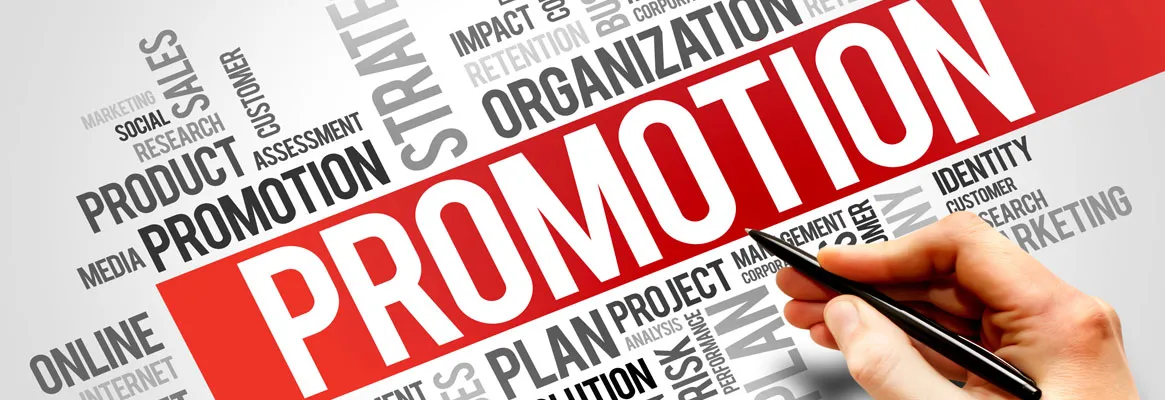
When should promotions take place?
The best results from promotions can be obtained in the following cases:
The introduction of a new product in the assortment. The action helps you to tell about the product and interest customers to buy it.
Promotion of seasonal products. So, New Year's sweets, and Christmas decorations should be actively promoted already at the end of autumn.
Active lead generation. A promotion can easily convert leads into buyers.
A large number of inactive clients. With promo help, you can remind about the chain and revive the interest of "sleeping" customers.
Low demand for products with a short life cycle. A promotion is a great tool to speed up the sale of products to avoid losses and out-of-date products.
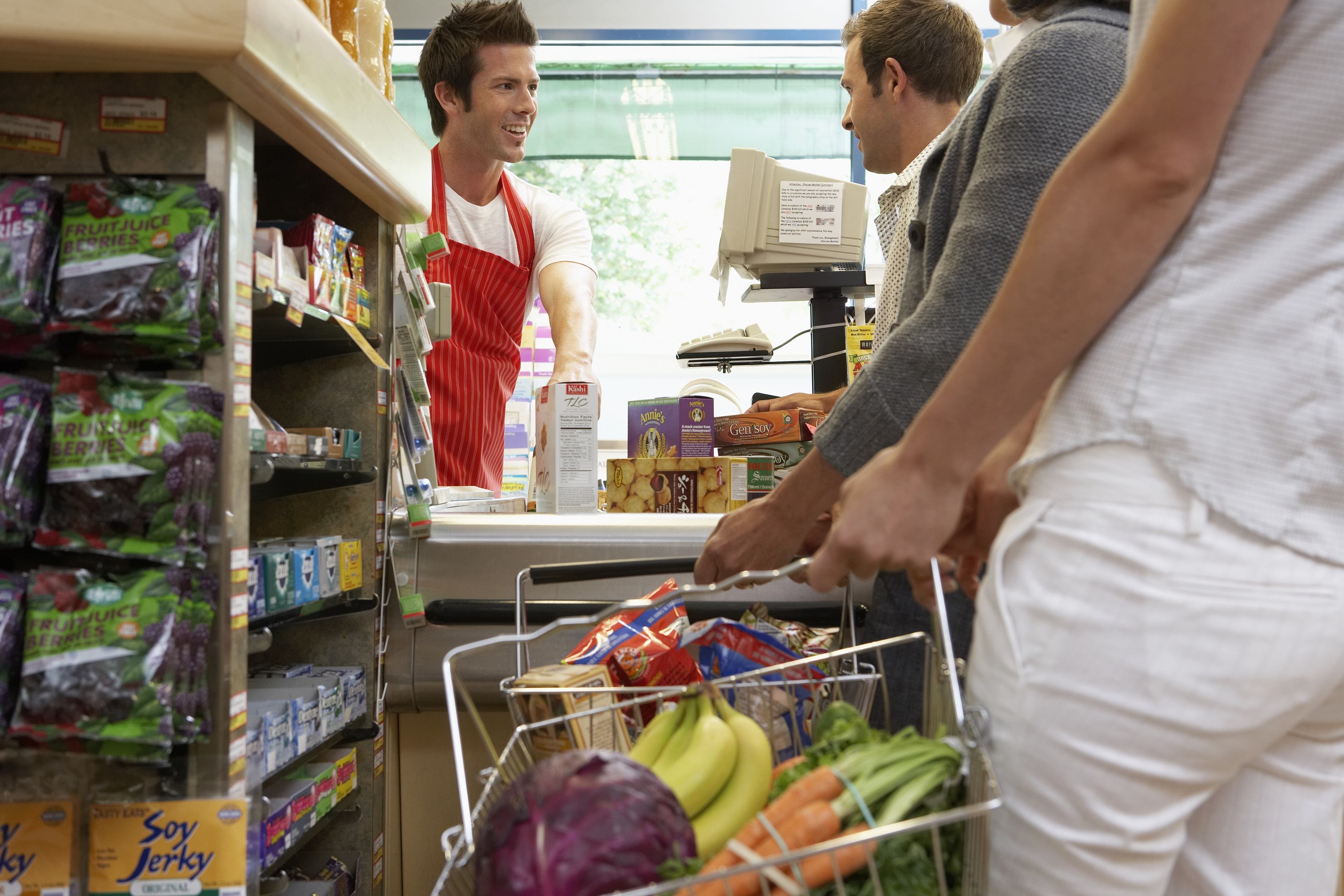
How to evaluate the effectiveness of a promotion?
When organizing and conducting promos, one should remember their effectiveness. In a nutshell, the costs of its implementation should provide the desired results (revenue, profit, margin, etc.).

To assess the effectiveness of promotional activities correctly, it is necessary to follow a certain sequence.
🎯 The first stage of the analysis begins before the promotion. It includes goal setting (KPIs) for promo:
- Revenue Value Goal - the expected amount of income from the sale of promotional products;
- Sales Qty Goal - the planned value of the number of promotional products sold;
- Profit Goal - the desired value of profit from the promotion.
These planned indicators allow you to assess the level of implementation of the KPI of the promo and understand how effective it was.
🎯 The second stage of the analysis is performed after the promotion. It involves comparing actual sales figures with targets (planned values):
- Revenue Value and Percentage of Revenue Value Goal complete;
- Sales Qty and Percentage of Sales Qty Goal complete;
- Profit and Percentage of Profit Goal complete.
Note!Percentage of Revenue Value (Sales Qty, Profit) Goal complete shows how the set goals for promotional goods were achieved during the promotions:
- Percentage of Revenue Value Goal complete = Revenue Value of promo products ÷ Revenue Value Goal ×100%
- Percentage of Sales Qty Goal complete = Sales Qty of promo products ÷ Sales Qty Goal ×100%
- Percentage of Profit Goal complete = Profit of promo products ÷ Profit Goal ×100%
In the course of such an assessment, conclusions can be drawn about the achievement of planned indicators for each promo and promotional product.
🎯 The third stage of the analysis involves the calculation of additional indicators and coefficients:
- Advertising expenses are the sum of all expenses for promotional activities.
- ROI is an indicator of the profitability of promotional activities, which shows how much the profit received from promotional products covers advertising costs. In other words, how profitable was the investment in advertising:
ROI, % = (Profit of Promotional Products – Advertising Costs) ÷ Advertising Costs ×100%
- Average receipt of promotional products is the average cost of a receipt (excluding returns and wholesales) with a promotional product/category/brand.
- Average revenue value of promotional products per dayis the average promo revenue value received by the store (chain) per day.
Note! Comparing these indicators with similar ones in the pre-promo and post-promo periods is important. It allows you to measure the impact of marketing activities on sales and determine their future implementation feasibility.
Promotionals analysis with the BES platform
The BES analytical platform includes all the necessary tools for a high-quality and comprehensive analysis of promotional activities. All of them are systematized in the reports: "Promotion Analysis" and "Promo Card".
The "Promotion Analysis" report provides basic information on sales of promotional products of the chain, which will allow you to:
- evaluate the results of each promotion (revenue value, profit, average receipt, receipts Qty, ROI, etc.), expanding them into categories and SKUs;
- track the "behavior" of promotional products during the promotional and non-promotional periods;
- analyze the dynamics of key indicators using visualizations;
- compare the performance of various promotions according to selected indicators and form a profitable marketing strategy for the chain.
A more detailed description of each promotion is grouped in the "Promo Card" report. This will allow you to analyze all KPI promotions in dynamics, comparing several indicators at once in the promotional and non-promotional periods.
With the help of this report, you can not only see the effectiveness of the promotion but also understand the feasibility of holding it by comparing the sales of promotional products with similar indicators in the pre-promotion and post-promotion periods.
Make every promotion as effective as possible for the chain and achieve the best results with BES solutions.
 What's new?
What's new?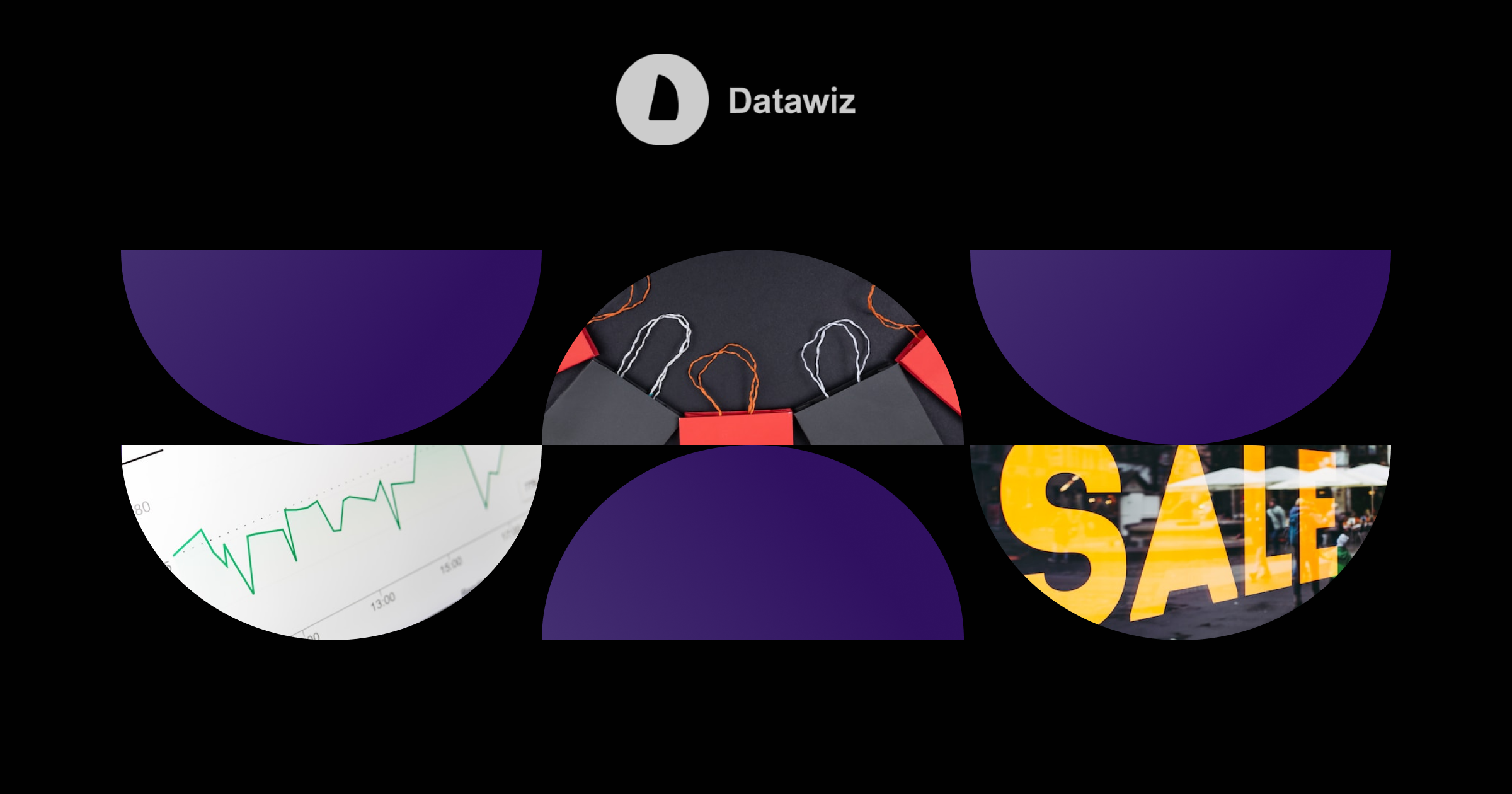

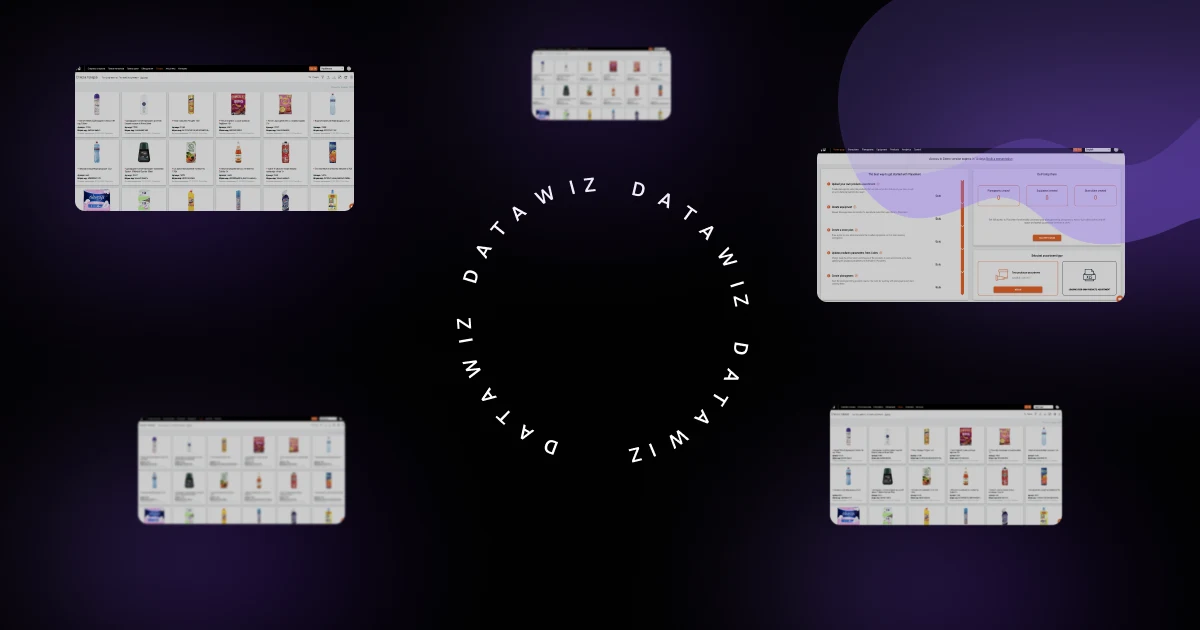
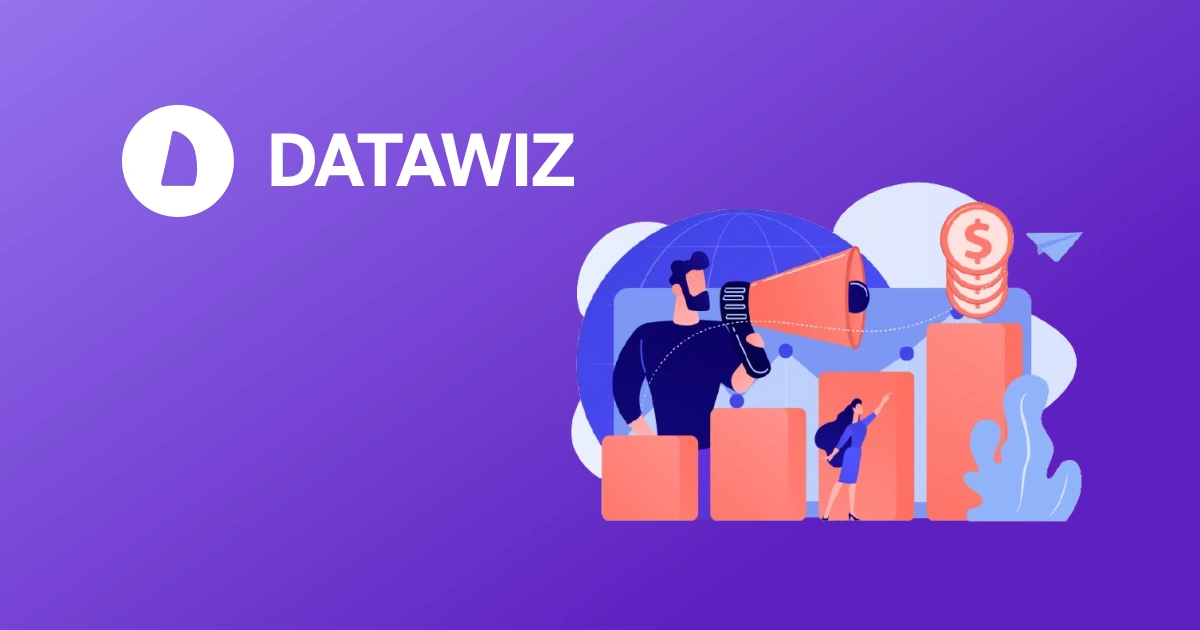
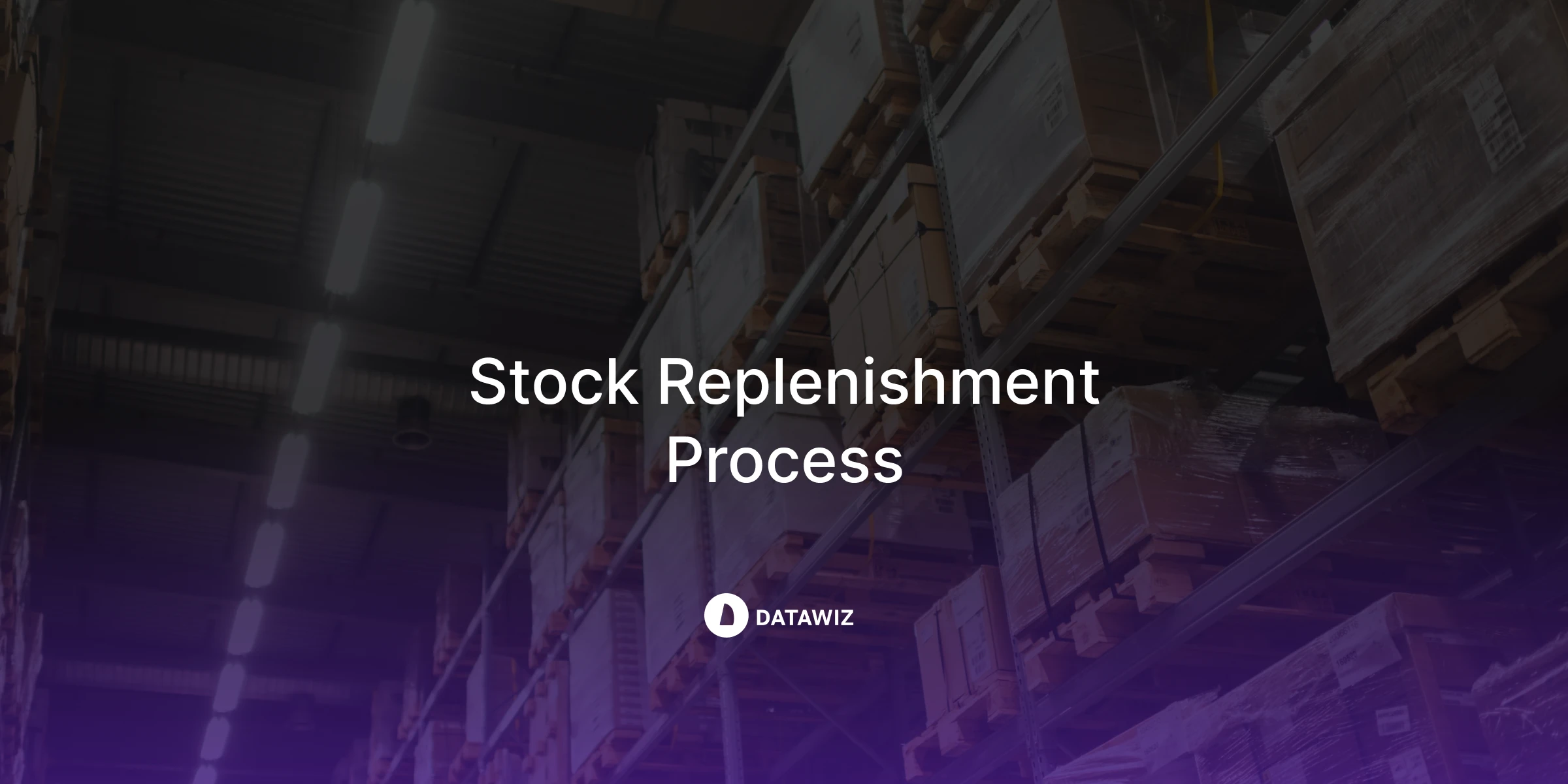

 No credit card required
No credit card required